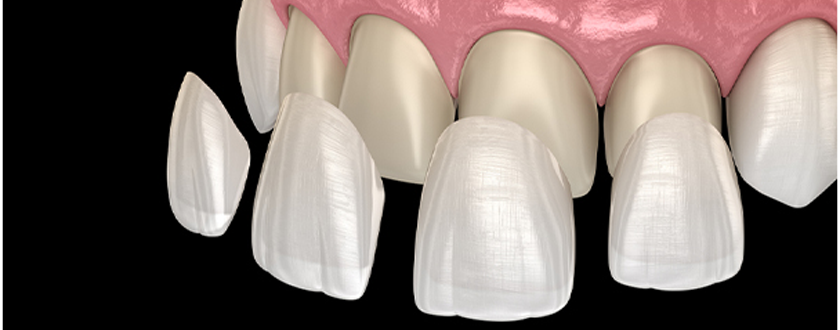
Smile Makeover
Some of the components taken into consideration include your facial appearance, skin tone, hair color, teeth (color, width, length, shape and tooth display), gum tissue and lips. Smile makeovers are performed for many reasons and customized according to your unique considerations.
What is it that you like or dislike about your smile or your teeth?
Some aspects of your smile that your cosmetic dentist will review with you and that could be improved include the following:
- Tooth Color: Silver or amalgam dental fillings can be replaced with natural, tooth-colored composite restorations, while teeth whitening can improve the color of stained or dulled teeth. Tooth color and shading are important considerations during the evaluation of and preparation for various procedures, including porcelain veneers, crowns, bridges, composite bonding and dental implants.
- Alignment and Spacing: Teeth that are crooked, overlapping or have gaps between them can be straightened and aligned when necessary through orthodontics or Invisalign and improved with veneers.
- Missing Teeth: One or more missing teeth can negatively affect the appearance of your smile – as well as affect your bite and increase your risk for tooth decay – making replacement an integral part of oral health and facial esthetics. Missing teeth can be replaced by dental implants, bridges or partial dentures.
- Harmony and Balance: Uneven, chipped and cracked teeth can be cosmetically bonded for an improved appearance, and a gummy smile can be re-contoured to help improve the overall look of the smile.
- Minimal Maintenance: Invisalign aligners require minimal maintenance. They can get dingy over time when you wear them, but you can freshen them by using a toothbrush dipped in a small amount of bleach and water. Scrubbing them for a minute will eliminate any stains. You only need to do this every other day.
What are veneers?
Veneers are coverings that fit over the front surfaces of your teeth. Technicians use high-quality dental materials, like tooth-colored composite or porcelain, to create them.
Dental veneers are cosmetic in nature. They can conceal a wide range of aesthetic imperfections, including chips, cracks, gaps, tooth discoloration and more.

How do veneers work?
Veneers cover the front surfaces of your teeth to enhance your smile. They work by camouflaging cosmetic flaws.
Who needs dental veneers?
Anyone who wants to enhance the appearance of their smile can explore veneers. These dental restorations can camouflage:
- Chipped or broken teeth.
- Diastema (gaps or spaces in your smile).
- Stains that don’t improve with teeth whitening.
- Teeth that are too small.
- Misshapen teeth.